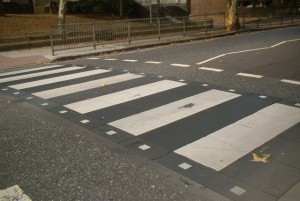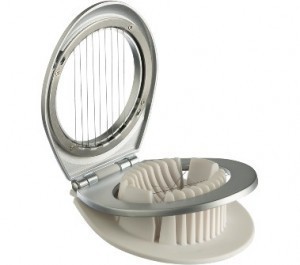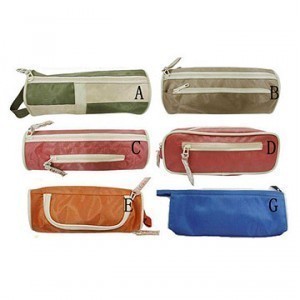Zebra Cross Dimensions
A zebra crossing is a kind of pedestrian crossing  that is commonly used in many countries worldwide. The distinctive characteristic of this crossing is the alternating light and dark stripes painted on the road surface. Pedestrians are given additional rights of way when using the zebra crossing.
that is commonly used in many countries worldwide. The distinctive characteristic of this crossing is the alternating light and dark stripes painted on the road surface. Pedestrians are given additional rights of way when using the zebra crossing.
Crossing Features
The main characteristic of the zebra crossing is the longitudinal stripes you can see on the road surface. The direction of the stripes is parallel to the traffic flow. The light colored stripes are placed alternately with the dark colored stripes. This is the reason why its called zebra due to its similarity with the zebra markings. The width of each stripe is 400 to 600 millimeters or 16 inches to two feet. On pedestrian crossings where there are no traffic lights, the right of way on a zebra crossing always belongs to the pedestrians.
In countries like the United Kingdom, zebra markings are only used in pedestrian crossings where the right of way belongs permanently to the pedestrian. In countries like Germany, zebra markings are also used on pedestrian crossings that are traffic-controlled and the pedestrians are only given the right of way when the pedestrian light is green.
History
Zebra crossings were initially used in the United Kingdom in some one thousand selected sites in the year 1949. The first and original appearance of this pedestrian crossing was the alternating strips of yellow and blue. In the year 1951, the crossing was introduced and included in the law.
You might notice that in the United Kingdom, zebra crossings are marked on both sides of the road with black and white posts that shows flashing amber globes. These posts are called Belisha beacons after the Minister of Transport, Leslie Hore-Belisha, who brought pedestrian crossings to the law in 1934.
Regional Modifications
In the United Kingdom, crossing guards or lollipop men and women are usually the ones attending in zebra crossings particularly during the school hours.
Most of the other European nations like Scandinavia, Germany, and Netherlands, pedestrians are given all the right of way in the zebra crossing even if they are still walking on the kerb and are just about to walk into the crossing.
In North America, crosswalks is the most common term used to refer to zebra crossings.
In New Zealand, all motorists are required by law to give way to pedestrian crossings. Former rules indicate that if a road centerline split the zebra crossing into two, motorist have to give way only to those pedestrians located on their left side. But the rule was changed in 2005 and it indicates that if a pedestrian wants to cross the road and he is still 20 meters away from the zebra crossing, the pedestrian must use the crossing in order to cross the road safely.





